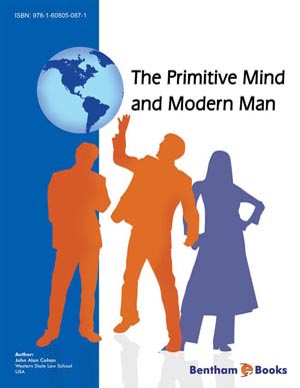Abstract
Culture-bound syndromes are patterns of abnormal behavior that occur exclusively within certain cultural groups. This topic brings into consideration the question, just what constitutes a mental disorder? Culture-bound syndromes often involve bizarre behavior that in the West might defy categorization. It is important to take into account an individual’s ethnic and cultural context in evaluating whether a mental disorder really exists. Deviant behavior in one cultural setting might be acceptable, even praiseworthy, in another. For example, for Native Americans it is normal to hear voices when alone, whereas this could be diagnosed as schizophrenia by conventional psychiatrists. A widespread culture-bound syndrome is running amok, also known as longlong, whereby the individual will become very agitated and run about, stealing things, trampling crops, chasing people and demanding things to be given to him. In Papua New Guinea longlong is regarded as an institutionalized means for reduction of tension, a temporary escape from unbearable situations. Another culturebound syndrome, lulu, is characterized by a generalized shaking of the body, distorted mental perceptions and bizarre behavior. Arctic hysteria is similar to running amok, and is found mainly among the Inuits of North America; it involves screaming, tearing off clothing and running naked into the snow. Bebainan is a type of anxiety or hysteria characterized by feelings of confusion, dizziness, trembling, blurring of vision, a cold sensation spreading through the body, a vacant feeling, and a loss of desire or will. Hwa-Byung seems localized among Koreans and Korean-Americans and is similar in symptoms to bebainan, but may also include physical symptoms such as there heart palpitations, headaches, chronic indigestion, poor appetite, and vomiting of blood. Taijin-kyofu-sho, common in Japan where saving face is so important, is a kind of phobia in which people are fearful of offending others in social situations through awkward behavior, imperfect body features, or imagined shortcomings. Koro is prevalent in Asia and India and involves intense anxiety, for men, that the penis will recede into the body and possibly cause death, and for women that the vulva and the nipples will recede. Susto or “soul loss” is a highly prevalent among Mexicans and Latin Americans, and is a kind of nervous breakdown, perhaps triggered by a frightening or traumatic event. The soul is said to literally be expelled from one’s body, and one might immediately start to feel “ill from fright.” A related syndrome is ataques de nervos, accompanied by weakness dizziness and disorientation. Similarly, saldero involves anxiety, depression, crying, poor concentration, insomnia, etc. Latah, confined mainly to Malaysia, involves lewd, disorganized outburst in public. Piot, a syndrome unique to Papua New Guinea, usually affects an entire family and occurs when a guest arrives or leaves the home; symptoms include headaches and an unusual lassitude. Windigo psychosis, among the Northern Algonkian Indians, was a compulsion to commit cannibalism, despite norms against it, and despite the individual’s personal sense of repugnance in the act. Pica and geophagia are found in diverse cultures, and involves a compulsion to eat unsuitable or unusual things, such as wood, clay, stones, ashes, hair, plaster or laundry starch.













